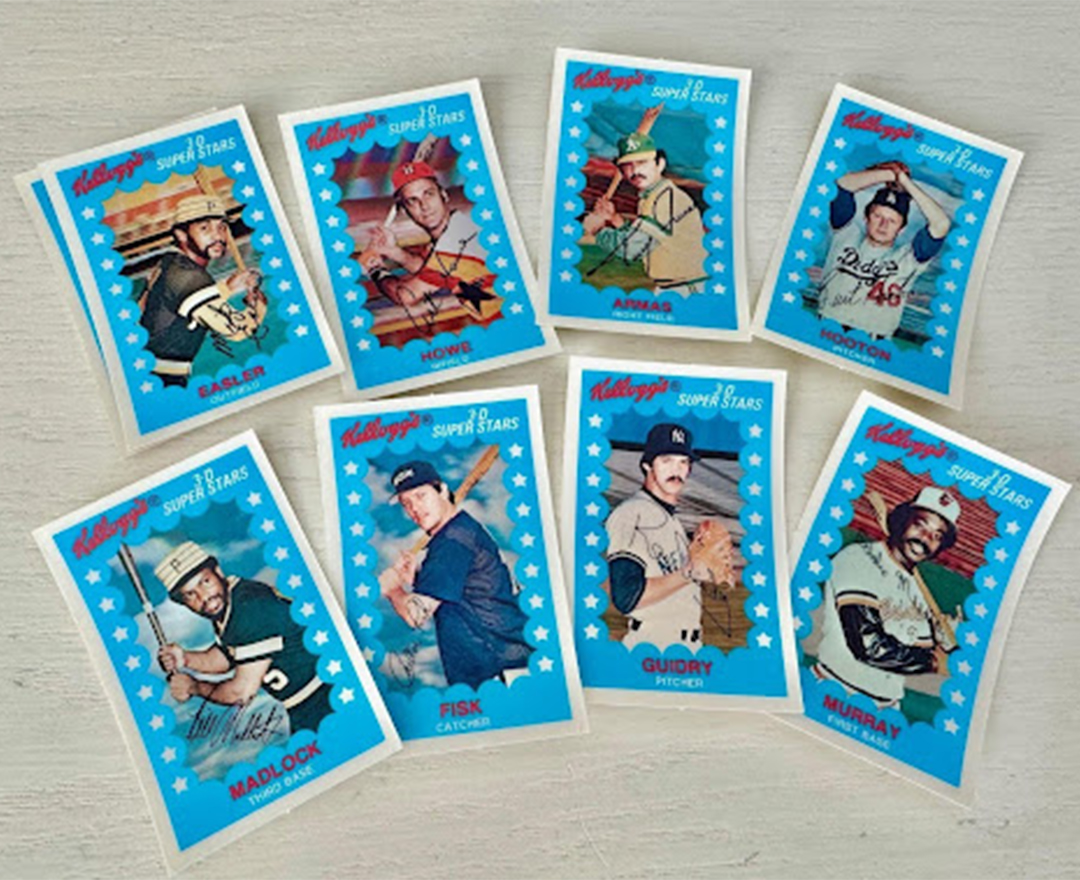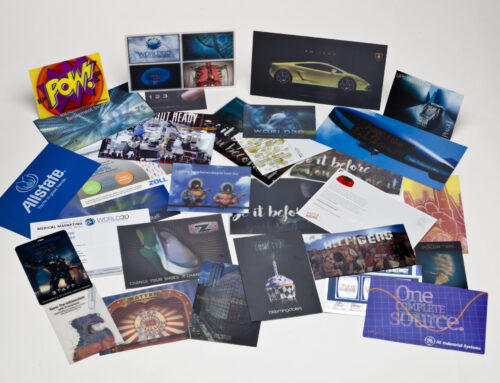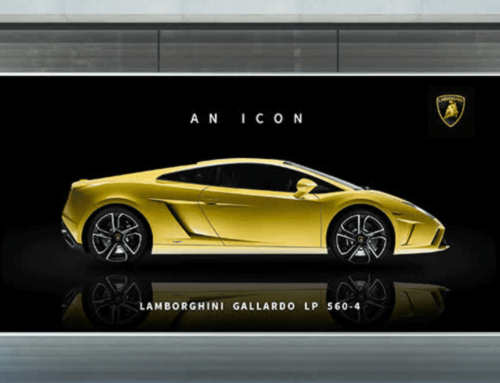I have been in the lenticular printing industry for more than 30 years now, and I’ve seen its use evolve from cute kids’ toy to powerful marketing tool. So I’d like to introduce you to this technology that is becoming one of the most useful and attention-grabbing tools available to professionals in the marketing and promotions industry.
The problem to solve: The noise
We’re all aware of the overwhelming number of attention grabbing messages emanating from the many screens in our lives. It’s hard to compete with video when it comes to getting your message noticed. But screens of course, were not the original way to tell your story in physical form. Printing has existed for 1,000 years, and up until the last 20 years, it was the king of communicating a message. But with the explosion of screens and digital video technology, printing took a back seat. How can static print ever compete with moving images? Typically, it can’t. But screens can’t be everywhere, and frankly, it would feel like a nightmare if they could be. Digital displays can not only be annoying and intrusive, they are way too expensive to be direct mail pieces, on packaging, or a trade show handout. But how does 1,000-year-old print compete with the young whippersnapper digital screen?
The Answer: Lenticular Printing
Lenticular is a form of printing that can show animation as the viewer’s angle of view changes. It works by taking multiple images, interlacing them together, and printing them on the back of a lens material. The lens serves to “decode” the interlaced image and show only one frame at a time to the viewer. As the piece is moved (or the viewer moves), the frame that can be seen changes. This can serve to create a “flip” (an animation that changes between two images), or even a full animation like a dance, a golf swing, or the opening and closing of a valve. This animation can be used to effectively tell the story of your product or brand. Imagine a medical device with a unique arm that twists like no competing product can. A lenticular postcard can display an animation showing that movement, and with no written explanation, the message will be received. Now imagine a retail display that shows a pair of shoes in all it’s available colors; No words needed, sorry told.
A common myth is that lenticular is a novelty. No matter what age you are, you likely remember lenticular from your childhood. If you’re 80 years old, you might remember fun political pins saying “I like Ike.” If you’re 50–60 years old, you might remember the 3D baseball cards you found in your Kellogg’s cereal box. If you’re 30–40, you certainly remember lenticular DVD covers for some of Hollywood’s biggest films, including Jurassic Park and Harry Potter. And if you’re in your 20s, you likely remember Pokémon cards and other collectibles. And yes, these were novelties. But over the past 20 years, we have been working exclusively with marketers and their agencies to employ the power of animated print in serious advertising. Advancements in computing, print technology, and in the lens itself have allowed us to refine the look to that of a marketing tool for the world’s largest brands. We have helped companies like Nike, Coca-Cola, P&G, Microsoft, Google, Dior, and hundreds of others harness this power and bring an animated message to their target market.
Why Motion Matters: The Psychology Behind Movement in Print and Design
Motion isn’t just attention-grabbing; it’s part of how we’re hardwired to remember our world. We have evolved to notice movement as a signal of danger or opportunity. That’s why even the slightest visual motion still grabs our attention faster than any static image ever could. A charging lion on the savannah was important to notice—and hard to forget. Our modern brains never lost the message that movement matters.
But the moving effect doesn’t just get attention. Movement enhances memory. It tells a mini story that gives the brain something to hold onto. Studies show that dynamic visuals are more memorable, more engaging, and resonate more emotionally than still ones do. This is exactly why lenticular printing is experiencing a renaissance. Even without a degree in neuroscience, most marketers intuitively understand that motion captures attention and makes their message stick.
What can creative professionals, marketers, and designers learn from lenticular?
If you’re responsible for getting your brand noticed or the story of your product out to the public, consider how print that animates can help you achieve that goal. Even if you have the power to reach people through their digital feed, that’s not the only place your customer lives (although it may sometimes seem that way!). And endless video might not be as effective as one simple movement. If you could distill your message down to one movement, what would it be?
Maybe you would show the functionality of your product. Or maybe you would show your profit chart rising, or your old logo in black and white switching to your new logo in color. And where would you use that animation? Perhaps on a direct mail piece, a giveaway coaster, on your packaging, or in your trade show display.
The uses of this medium as a marketing tool are truly unlimited. So consider how you might condense your message to fit the medium. It may even help you capture the essence of your message in its simplest and most impactful form.
Why Lenticular Printing Belongs in Your Marketing Toolkit
Lenticular can no longer be seen as a clever throwback or a niche trick. It’s a serious tool for cutting-edge marketers looking to make a lasting impression in a digital world. It allows you to bring motion to places screens can’t go and deliver your story in tangible print. When audiences are overwhelmed by digital content, lenticular offers an advantage: motion without distraction, memorability without noise. If you’re a marketer that wants to stand out from the noise and actually tell their story, this is your moment to move. No batteries required.






